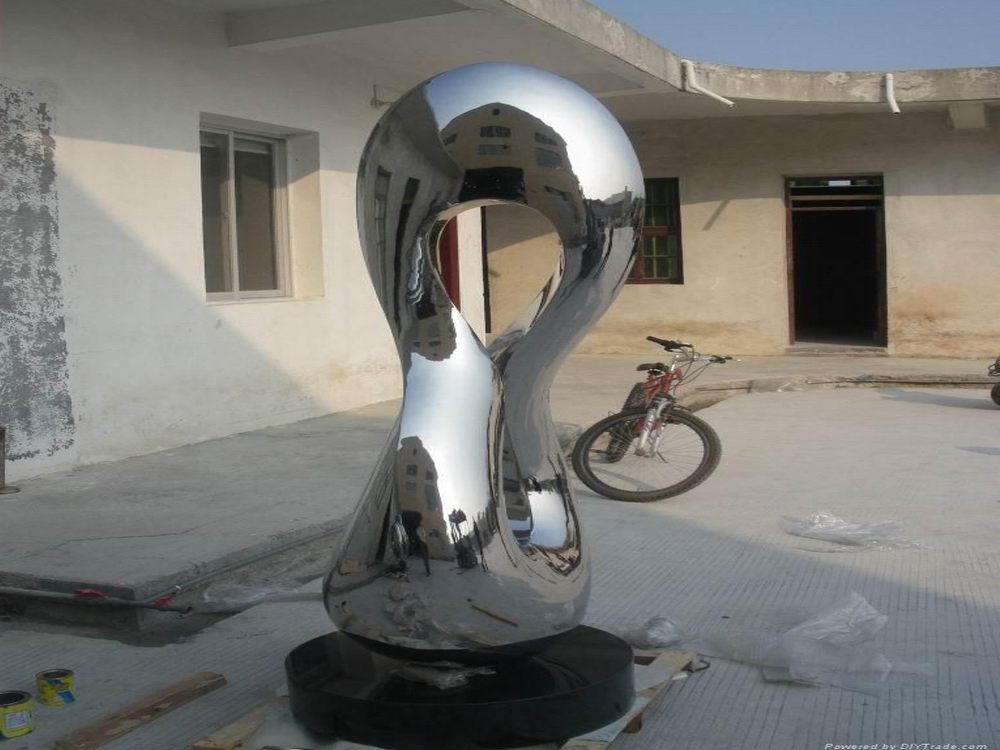
Bronze sculpture installations have evolved beyond static forms, with contemporary artists increasingly incorporating responsive environmental elements to create dynamic, interactive experiences. These innovative works engage with natural forces like wind, water, and sunlight, transforming traditional bronze casting into living art.
Artists achieve responsiveness through several techniques. Some design kinetic components that move with wind currents, using carefully balanced bronze elements that sway or rotate. Others embed temperature-sensitive materials that change color or texture with weather variations. Water-responsive installations might incorporate channels where rain creates flowing patterns across bronze surfaces.
The integration process begins with meticulous environmental analysis. Artists study site-specific conditions—wind patterns, sun angles, and seasonal changes—to inform their designs. Advanced engineering ensures structural integrity while allowing movement. Many use hollow casting techniques to reduce weight for mobile elements or incorporate bronze alloys with specific thermal properties.
Modern examples include sculptures with bronze "leaves" that flutter in breeze, or interactive pieces where visitors' movements trigger sound-generating bronze components. These works demonstrate how traditional bronze techniques can merge with environmental responsiveness to create art that exists in constant dialogue with its surroundings—forever changing yet enduring through the permanent medium of bronze.
This artistic approach not only revitalizes public spaces but also raises awareness about our relationship with natural systems, making bronze sculpture a powerful medium for environmental engagement.

